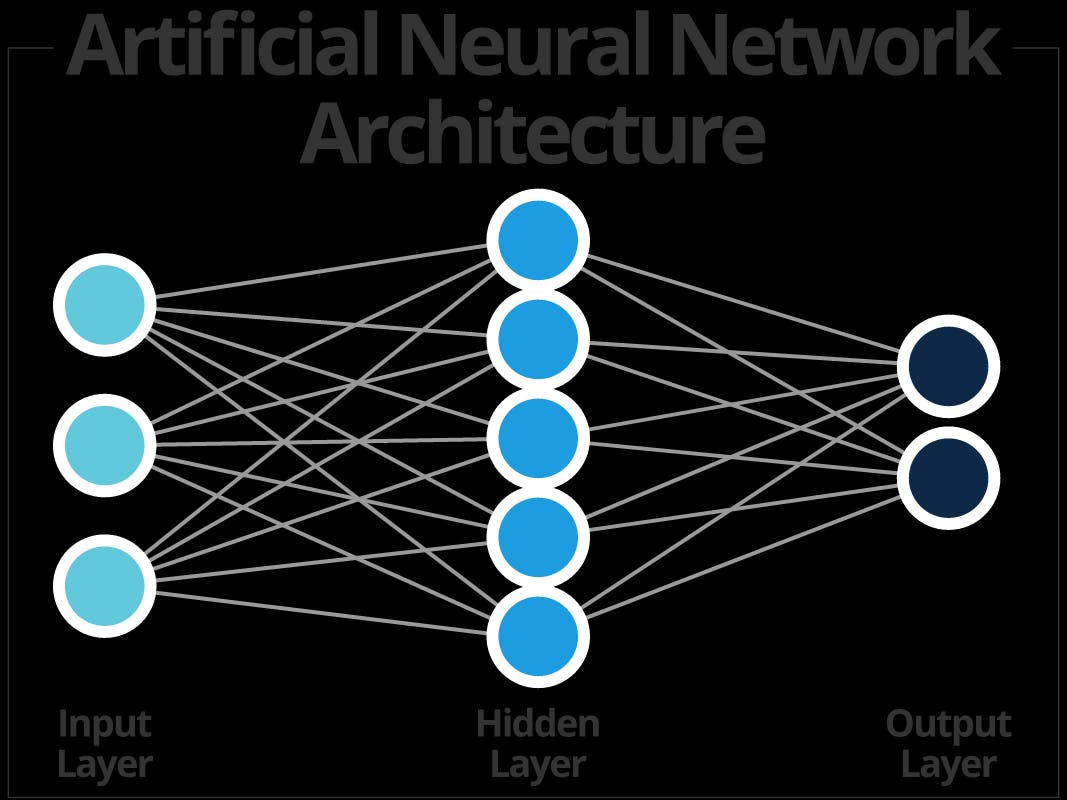Neural networks (NN) are revolutionizing business and everyday life, bringing us to the next level in artificial intelligence (AI). By emulating the way interconnected brain cells function, NN-enabled machines (including the smartphones and computers that we use on a daily basis) are now trained to learn, recognize patterns, and make predictions in a humanoid fashion as well as solve problems in every business sector.
WHAT IS NEURAL NETWORKS A neural network is a series of algorithms that endeavors to recognize underlying relationships in a set of data through a process that mimics the way the human brain operates. In this sense, neural networks refer to systems of neurons, either organic or artificial in nature. Neural networks can adapt to changing input; so the network generates the best possible result without needing to redesign the output criteria. The concept of neural networks, which has its roots in artificial intelligence, is swiftly gaining popularity in the development of trading systems
How Artificial Neural Networks Function
ANNs are statistical models designed to adapt and self-program by using learning algorithms in order to understand and sort out concepts, images, and photographs. For processors to do their work, developers arrange them in layers that operate in parallel. The input layer is analogous to the dendrites in the human brain’s neural network. The hidden layer is comparable to the cell body and sits between the input layer and output layer (which is akin to the synaptic outputs in the brain). The hidden layer is where artificial neurons take in a set of inputs based on synaptic weight, which is the amplitude or strength of a connection between nodes. These weighted inputs generate an output through a transfer function to the output layer.

Neural Networks in eCommerce
This technology is used in this industry for various purposes. But the most frequent example of artificial neural network application in eCommerce is personalizing the purchaser’s experience. For instance, Amazon, AliExpress, and other eCommerce platforms use AI to show the related and recommended products. The compilation is formed on the basis of the users’ behavior. The system analyzes the characteristics of certain items and shows similar ones. In other cases, it defines and remembers the person’s preferences and shows the items meeting them.
 Amazon shows related products
Amazon shows related products
 AliExpress shows the recommended products basing on the items viewed by the user
As for more complicated applications of neural networks in eCommerce, there is a very interesting startup called PixelDTGAN. This product is developed to help sellers save the budget on photographers’ services. There is no need to organize photo sets as the special algorithm automatically makes the pictures of the clothes worn by models. All is needed to do is to resize the images of the items to 64*64, and get the result.
AliExpress shows the recommended products basing on the items viewed by the user
As for more complicated applications of neural networks in eCommerce, there is a very interesting startup called PixelDTGAN. This product is developed to help sellers save the budget on photographers’ services. There is no need to organize photo sets as the special algorithm automatically makes the pictures of the clothes worn by models. All is needed to do is to resize the images of the items to 64*64, and get the result.
 Examples of PixelIDTGAN work results
Examples of PixelIDTGAN work results